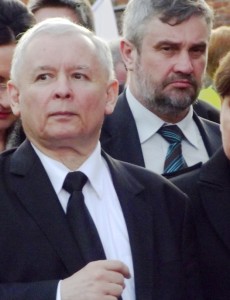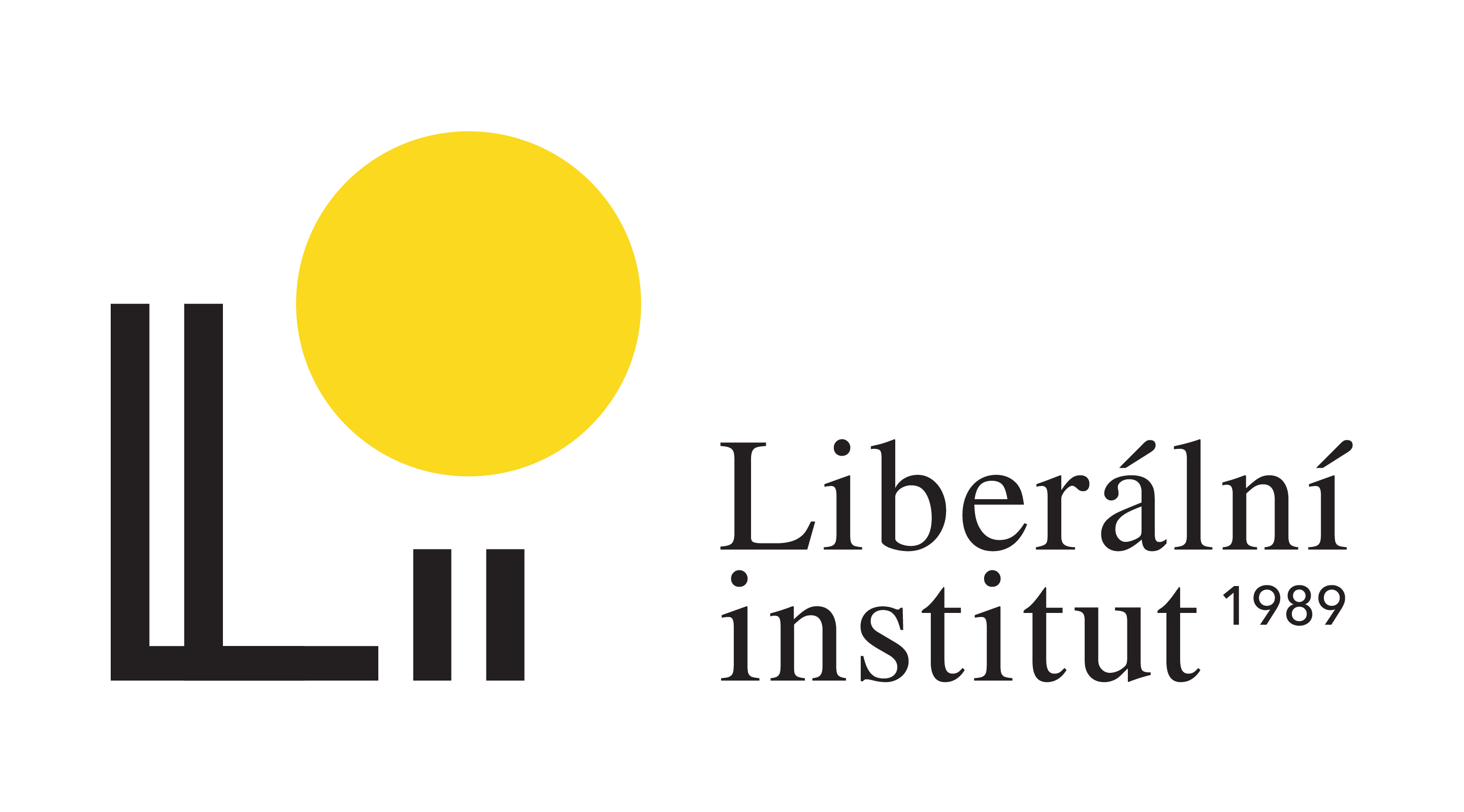
Lost Chance for a Constitutional Compromise in Poland
Last Thursday marked another important landmark of the constitutional crisis in Poland. Law and Justice – the Poland’s ruling party – appointed in a parliamentary voting another member of the Constitutional Court. The light in the tunnel is gone. Law and Justice provided the ultimate evidence of its unwillingness to solve the crisis in a democratic way.



























